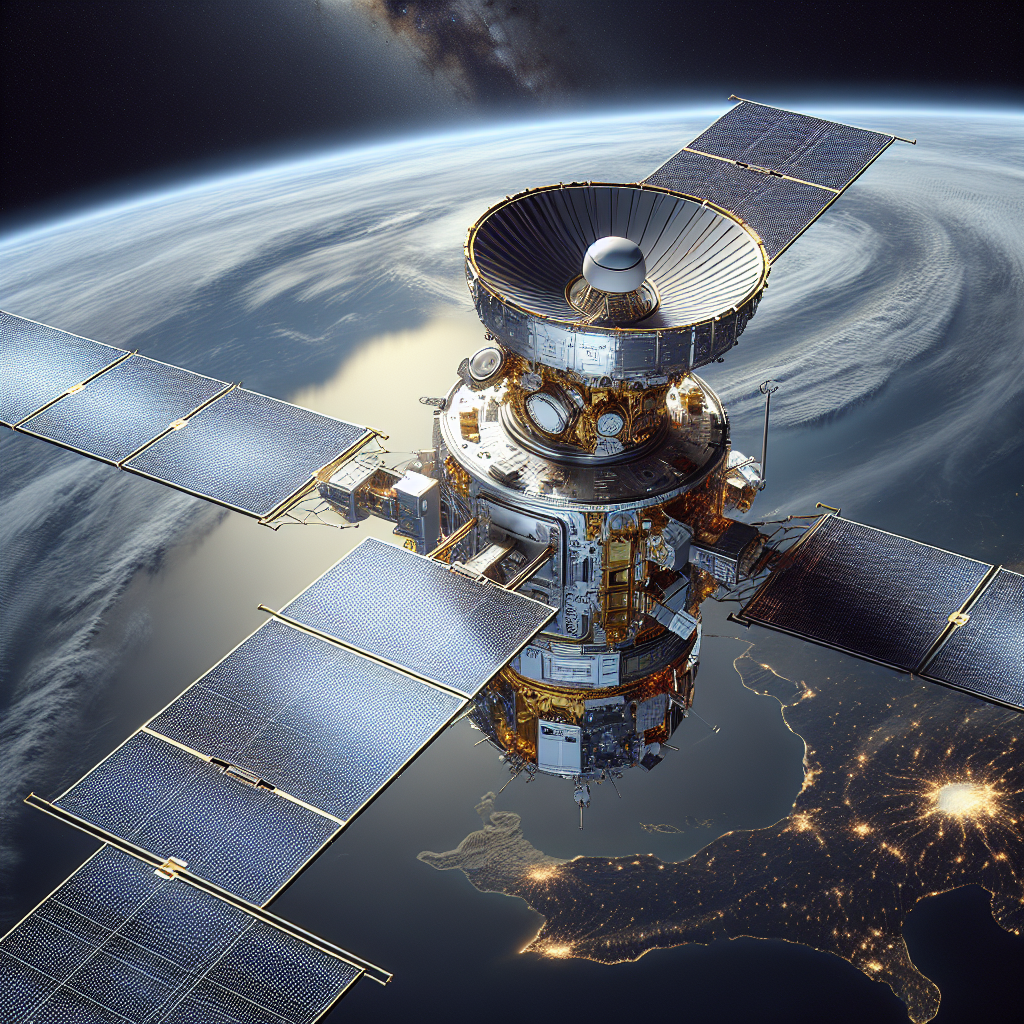NISAR Satellite Set for Operation: A New Era in Earth Observation
The NASA-ISRO Synthetic Aperture Radar (NISAR) satellite, a cutting-edge Earth observation project, will be declared operational. It monitors global land and ice surfaces and is equipped with unique L-Band and S-Band radar systems. ISRO also progresses on India's Gaganyaan human spaceflight program and plans for a space station.

- Country:
- India
The NASA-ISRO Synthetic Aperture Radar (NISAR) satellite, heralded as the costliest Earth observation satellite to date, is on the brink of becoming operational. According to ISRO Chairman V Narayanan, this multi-billion-dollar mission is poised to revolutionize the monitoring of global land and ice surfaces.
Launched on July 30 from ISRO's Satish Dhawan Space Centre using the GSLV rocket, the 2,400 kg NISAR satellite completes global scans every 12 days. This mission uniquely carries both L-Band and S-Band SAR systems, allowing it to penetrate forest canopies to measure variables such as soil moisture and forest biomass, as well as monitor land and ice motion. It boasts capabilities to collect valuable data through clouds and precipitation, around the clock.
In addition to the satellite mission, ISRO is vigorously advancing its Gaganyaan human spaceflight program, with an uncrewed mission slated for January. The agency has also laid out ambitious plans for launching a space station named Bhartiya Antariksh Station by 2028. This facility will host a rotating team of astronauts, signifying India's firm step into human space exploration.
ALSO READ
-
Jared Isaacman Re-nominated for NASA Administrator Amid SpaceX and Trump Tensions
-
Trump Re-Nominates Jared Isaacman as NASA Administrator
-
Jared Isaacman's NASA Re-nomination Amid Trump-Musk Dynamics
-
Jared Isaacman: Trump's Bold Pick to Lead NASA's New Space Era
-
Trump Nominates Jared Isaacman as NASA Administrator









